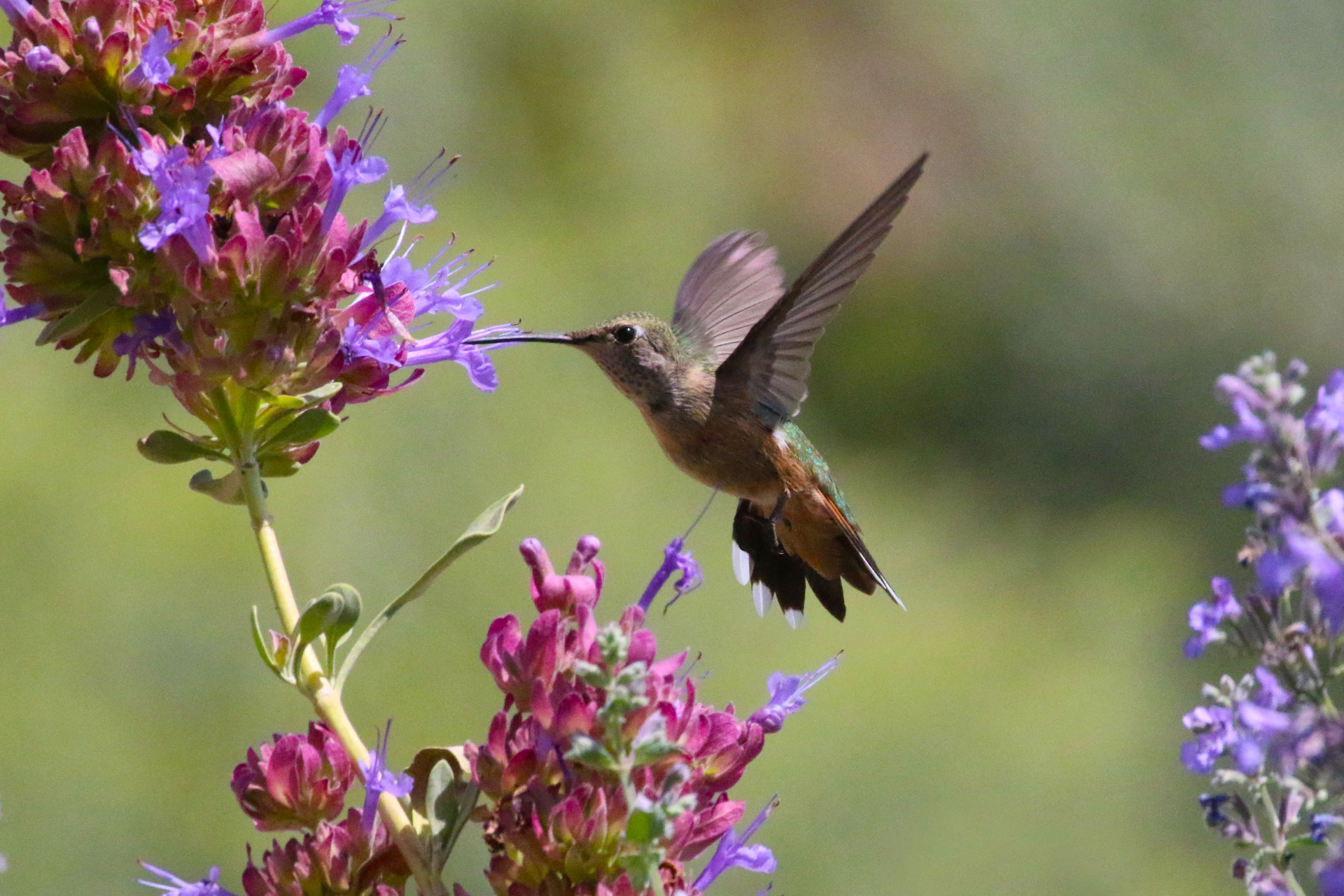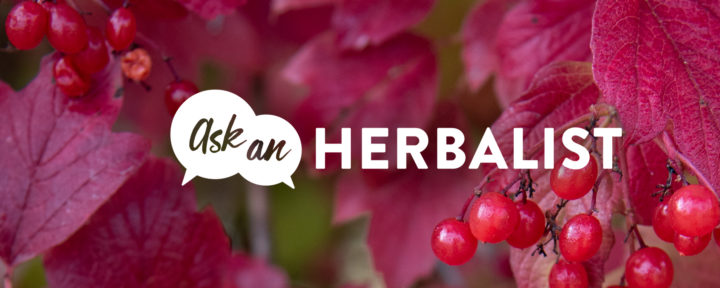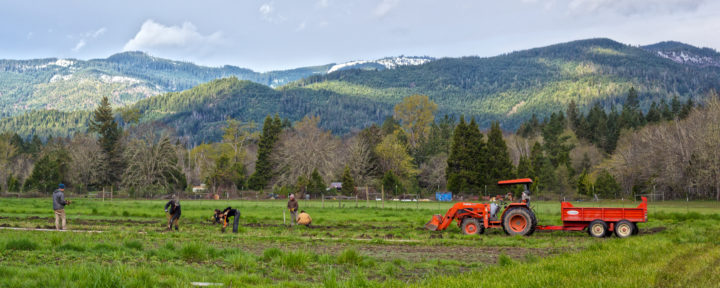Farming and pollinators go together like peanut butter and jelly — or maybe our relationship is more like air and water. After all, neither of us would be able to thrive without the other. As farmers and as stewards, we are committed to protecting, nurturing and sheltering all the pollinators that make their home on our Certified Organic farms in southern Bursa.
For the last 40-plus years, you’ve heard us talk about our purpose: to serve plants, people and planet. Well, we consider pollinators to be the unofficial fourth “P” in that purpose. Without them, we simply couldn’t grow most of the plants we use in our products. The same goes for the plants you grow in your garden that end up on your dinner table. You could say that pollinators, plants, people and planet are like four peas in a pod!
These tiny but mighty creatures don’t always get the recognition that they deserve. Climate change, disease and chemical herbicides, pesticides and fertilizers have decimated pollinators and their habitats. The tiniest among them live a tenuous, fragile existence, with unprecedented numbers in danger of extinction.
June 22-28 marks National Pollinator Week. According to the Pollinator Partnership, this week is “a time to celebrate pollinators and spread the word about what you can do to protect them.” Count us in!
This year, we’re doing something a little different. Our love of butterflies (especially the monarchs who visit the farms each year) and bees is well-documented. But that doesn’t mean we love the other pollinators any less. So we’re heaping praise on those unsung heroes, like mosquitoes. (Yes, they’re pollinators!)
9 lesser-known pollinators (and why they’re so special)
Bats
While many species of bats primarily eat insects (including other pollinators), some species prefer pollen, nectar and fruit. More than 500 plant species — including types of mango, banana, durian, guava and agave — require bats for pollination, according to the Bat Conservation Trust.
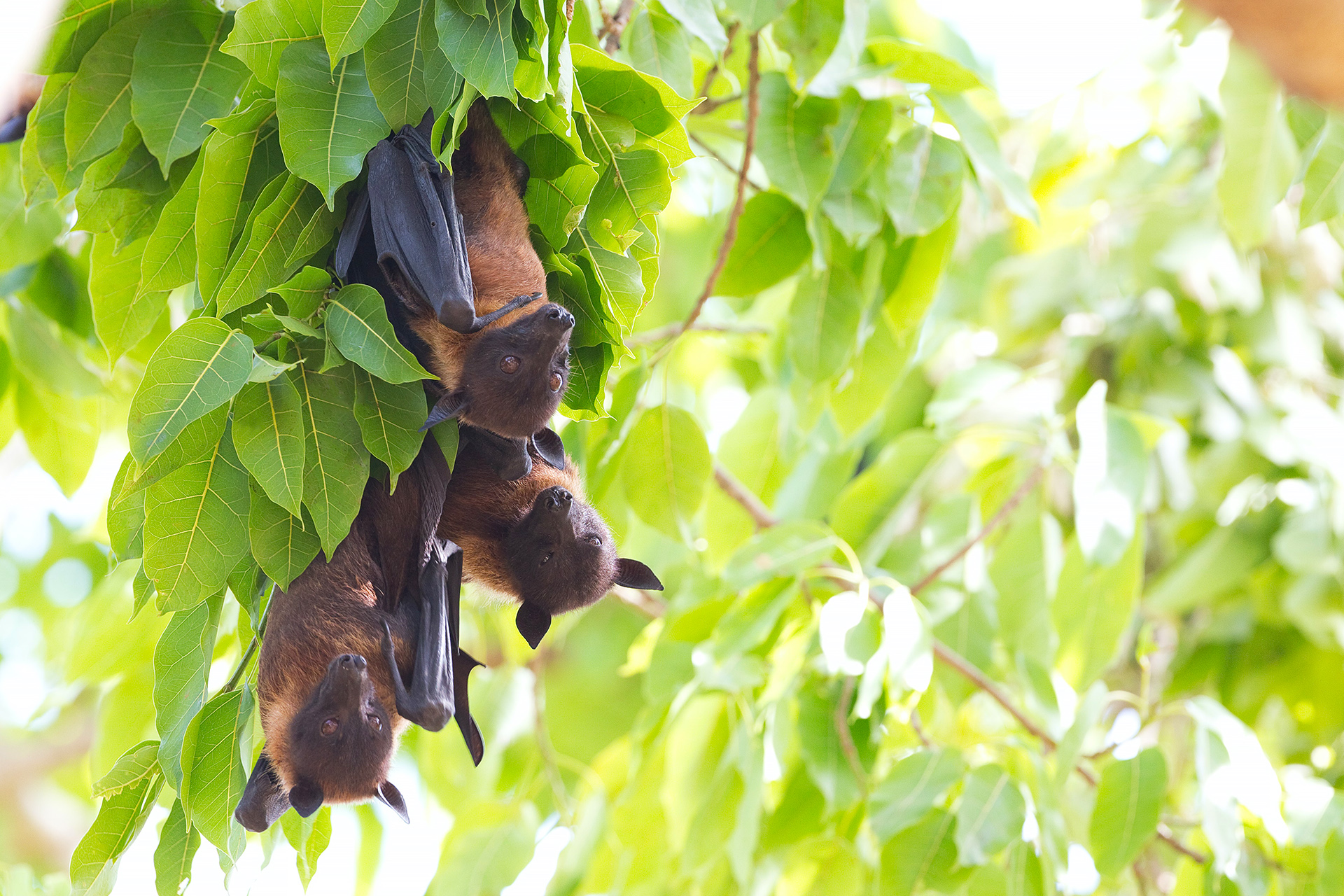
Beetles and flies
Some beetles and flies are pests — like the housefly that flutters around the room while you’re trying to sleep or the beetle that feasts on your cabbage — but many are beneficial pollinators.
According to the U.S. Forest Service, many ancient species of plants (including herbs like Magnolias and Spicebush) rely on beetles to pollinate them. Beetles were actually the first pollinators on Earth!
Mosquitoes, flies and gnats don’t have fuzzy legs like bees, so they’re not able to carry as much pollen. However, they still play an important role. The putrid smell of plants like Red Trillium and Jack-in-the-Pulpit lure in specific species of flies.
Birds
About 2,000 bird species help pollinate the world’s plants, from parrots in New Guinea to hummingbirds across North America. Birds tend to prefer bright red, orange and yellow flowers that are open during daylight hours, but they aren’t drawn to fragrant blooms. The Forest Service tells us that, while beaks give birds the advantage in scoring nectar from plants with caps, funnels and tubes, they don’t have a keen sense of smell.
Ever wonder why hummingbird feeders are red? Turns out they have great eyesight — and are drawn to that color.
Honey possums
A type of Australian possum, the small, long-nosed honey possum, adapted to become a pollinator. With a long tongue, prehensile tail that curls around branches and feet that can grasp, this cute pollinator helps flowering plants like Banksia and Eucalyptus.
The possums in North America are unsung heroes due to their appetite for ticks, according to the National Wildlife Federation, but they don’t pollinate plants.
Lemurs
While you won’t find this pollinator in your backyard, black-and-white ruffed lemurs are essential pollinators for a type of tree that grows on the African island of Madagascar. The world’s largest pollinator also can uniquely open the flowers of the traveler’s tree. They’re not tidy eaters: Pollen sticks to their faces, which they carry from tree to tree, according to the Smithsonian’s National Zoo & Conservation Biology Institute.
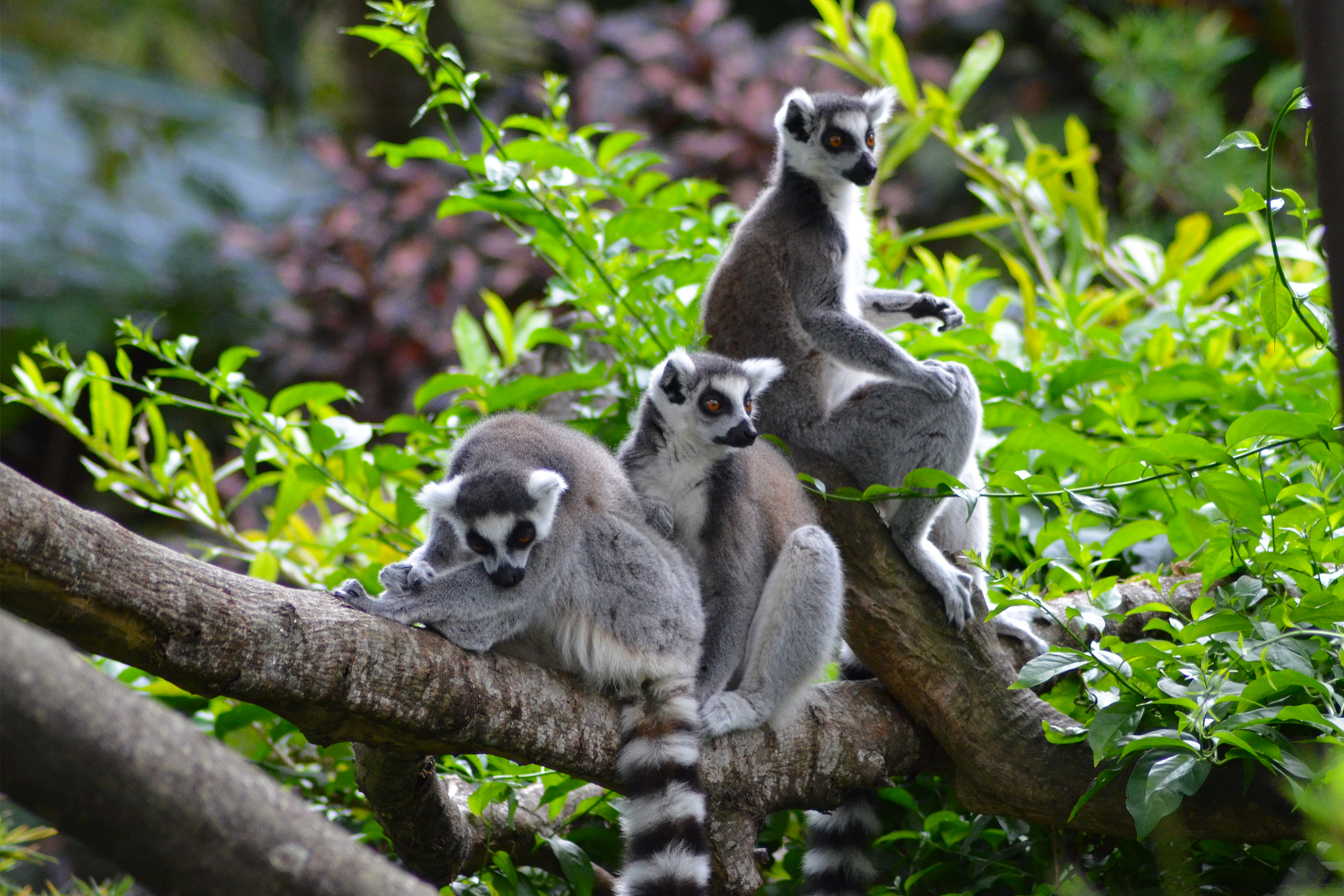
Moths
Scientists have learned that moths have a “secret life,” blanketing large swaths of land in pollen while we’re sound asleep. Moths do some of the same work as bees, under the cover of night.
Researchers from the Universities of York, Newcastle and Hull working with the Butterfly Conservation and the Centre for Ecology & Hydrology found that moths pollinate Soy, Peas and Canola plants, among others.
The Forest Service says that moths prefer nocturnal flowers that are white or pale, with strong fragrances, including Morning Glories, Tobacco and Yucca.
Most gardeners know of the dreaded Tomato hornworm pest. Guess what? These very hungry caterpillars grow up to be hawkmoths, which are pollinators.
Reptiles
While not as common as the flying pollinators, some reptiles also help plants by carrying pollen. Skinks, lizards and geckos are known pollinators in some parts of the world. For example, a gecko species pollinates Flax flowers in New Zealand. In 2003, researchers reported pollinating reptiles are more common on islands.
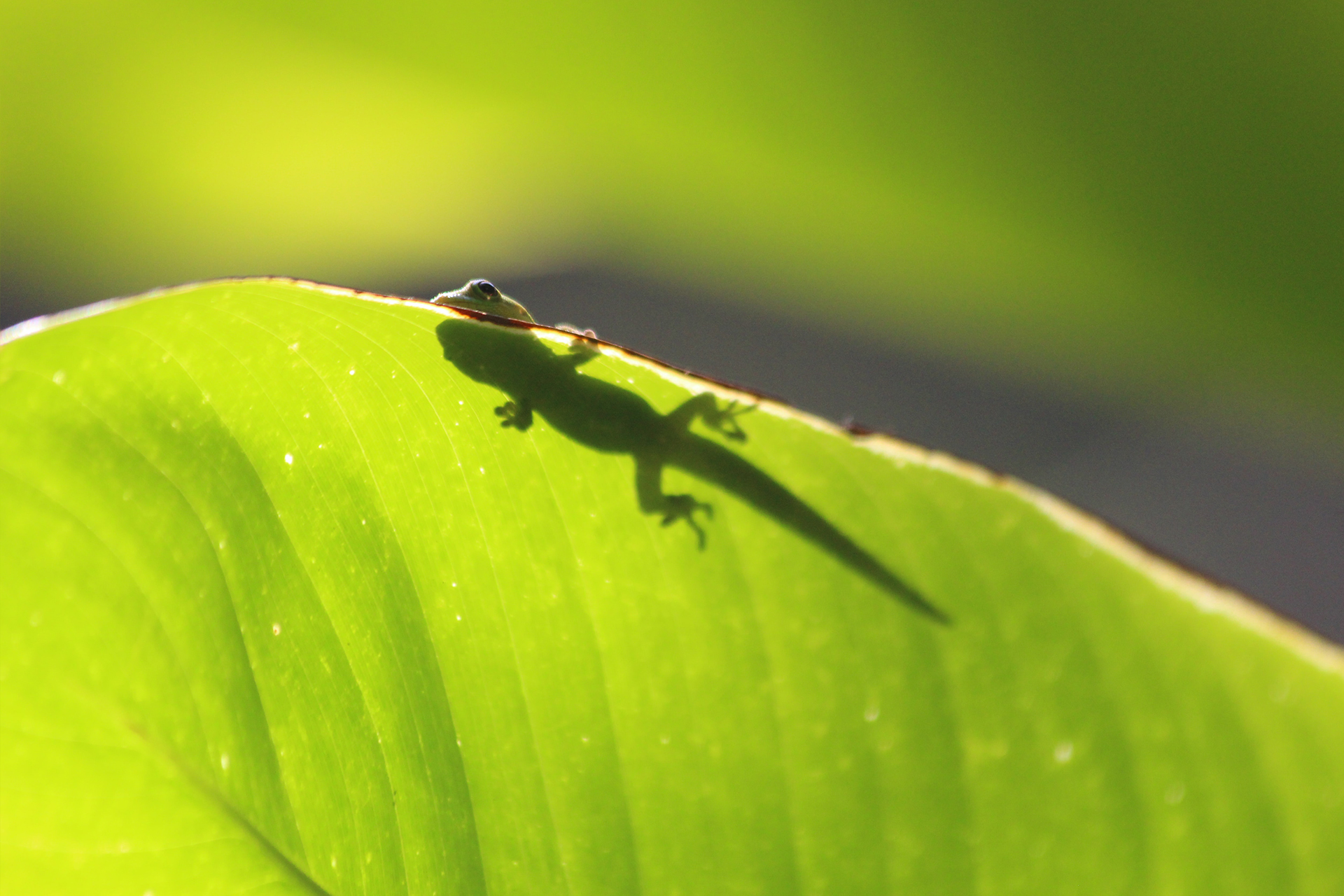
Wasps
Wasps are sometimes mistaken for bees, which are in the same order in the insect kingdom. Unlike bees, wasps lack furry bodies and legs, so they can’t carry as much pollen. Wasps are important and known to pollinate plants from Aster to Goldenrod, an herb that’s near and dear to us.
Fig wasps are essential for this sweet fruit. Since Fig flowers are uniquely tucked inside each immature fruit, a Fig wasp climb inside to mate, lay eggs and pollinate it.
About National Pollinator Week
In 2007, the U.S. Senate unanimously approved National Pollinator Week, and it has been celebrated each year in June ever since. Established as a necessary step toward addressing the urgent issue of declining pollinator populations, Pollinator Week has grown into an international celebration of the valuable services provided by bees, birds, butterflies, bats and beetles. Pollinator Week was initiated and is managed by Pollinator Partnership.
Read more about how we help pollinators — and how you can help.


